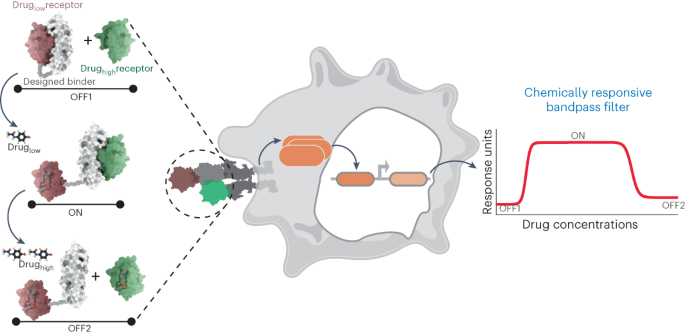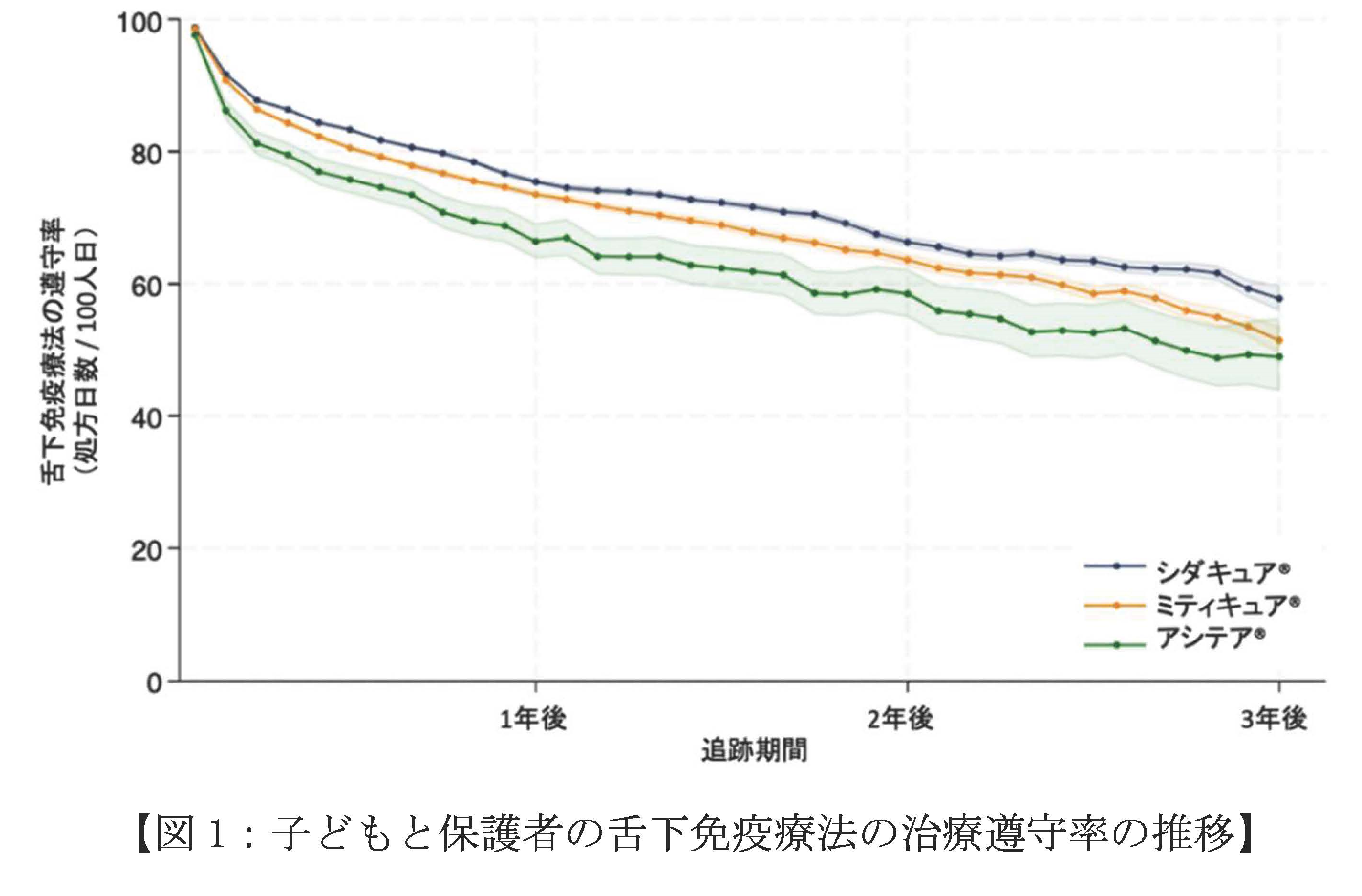2023-11-17 スイス連邦工科大学ローザンヌ校(EPFL)
◆LPDIのBruno Correia教授によると、生体内の機能を模倣し、数百万年の進化を超える新しい分子ハードウェアを設計するために、タンパク質デザインの一環として計算タンパク質デザインを使用しています。この設計は、生体内での刺激に応答するように設計されたエンジニアリングされたタンパク質を使用し、新しい生物ハードウェアを構築します。これにより、新たな生物体の形成など、様々な生物学的な応用が可能になります。
<関連情報>
- https://actu.epfl.ch/news/a-bandpass-filter-for-synthetic-biology/
- https://www.nature.com/articles/s41589-023-01463-7
タンパク質ベースのバンドパスフィルターで、化学物質入力による細胞シグナル伝達を制御 Protein-based bandpass filters for controlling cellular signaling with chemical inputs
Sailan Shui,Leo Scheller & Bruno E. Correia
Nature Chemical BiologyPublished:13 November 2023
DOI:https://doi.org/10.1038/s41589-023-01463-7
Abstract
Biological signal processing is vital for cellular function. Similar to electronic circuits, cells process signals via integrated mechanisms. In electronics, bandpass filters transmit frequencies with defined ranges, but protein-based counterparts for controlled responses are lacking in engineered biological systems. Here, we rationally design protein-based, chemically responsive bandpass filters (CBPs) showing OFF-ON-OFF patterns that respond to chemical concentrations within a specific range and reject concentrations outside that range. Employing structure-based strategies, we designed a heterodimeric construct that dimerizes in response to low concentrations of a small molecule (ON), and dissociates at high concentrations of the same molecule (OFF). The CBPs have a multidomain architecture in which we used known drug receptors, a computationally designed protein binder and small-molecule inhibitors. This modular system allows fine-tuning for optimal performance in terms of bandwidth, response, cutoff and fold changes. The CBPs were used to regulate cell surface receptor signaling pathways to control cellular activities in engineered cells.



